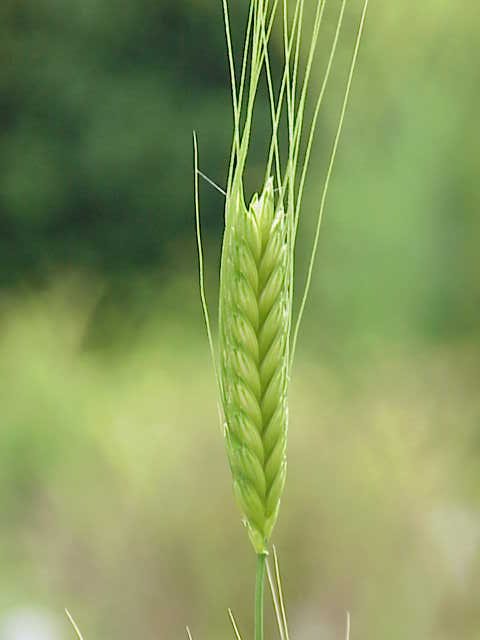13 week cooking course
- Introduction to Cooking
- Understanding Ingredients
- Making Breakfast
- Dinner Delights
- World Cuisine: Asia
- World Cuisine: Europe
- Baking and Bread Making
- Vegan and Vegetarian Cooking
- Gluten Free Cooking
- Healthy Eating and Nutrition
- Kitchen Finale and Consolidation
Gluten Free Cooking
Mastering Gluten-Free Baking

Diet that excludes gluten.
Gluten-free baking can seem daunting at first, especially if you're used to traditional baking methods. However, with a little knowledge and practice, you can create delicious gluten-free breads, pastries, and other baked goods. This article will guide you through the essentials of gluten-free baking.
Understanding the Role of Gluten in Baking
Gluten is a protein found in wheat, barley, and rye. It's responsible for the elasticity and structure in traditional baked goods. When you knead dough, you're developing the gluten, which gives bread its chewy texture. In cakes and pastries, gluten provides structure and helps them rise.
In gluten-free baking, we need to find ways to replicate these effects without using gluten-containing ingredients.
Using Xanthan Gum and Guar Gum in Gluten-Free Baking
Xanthan gum and guar gum are common ingredients in gluten-free baking. They act as binders and thickeners, helping to give structure and elasticity to your baked goods.
-
Xanthan Gum: This is produced by fermenting a carbohydrate (a substance that contains sugar) with Xanthomonas campestris bacteria. It's a very effective thickener and stabilizer, and it's often used in gluten-free baking to replicate the elasticity that gluten provides.
-
Guar Gum: This is derived from guar beans and is a good thickener and stabilizer. It's often used in combination with xanthan gum in gluten-free baking.
Baking Gluten-Free Bread
Baking gluten-free bread can be a challenge, but with the right techniques and ingredients, you can create delicious loaves. Here are some tips:
- Use a blend of gluten-free flours: A combination of rice flour, potato starch, and tapioca flour often works well.
- Add a binder: As mentioned above, xanthan gum or guar gum can help give your bread structure and elasticity.
- Hydrate your dough: Gluten-free flours tend to absorb more moisture than wheat flour, so your dough may need more liquid.
- Be patient: Gluten-free bread doughs often need to rest before and after shaping to achieve the best texture.
Baking Gluten-Free Pastries
Gluten-free pastries can be just as delicious as their gluten-containing counterparts. Here are some tips:
- Use a gluten-free flour blend: Look for one that's designed for pastries and cakes.
- Add a binder: Again, xanthan gum or guar gum can help give your pastries structure.
- Adjust your baking time: Gluten-free pastries often bake more quickly than traditional ones, so keep a close eye on them.
With these tips and techniques, you'll be well on your way to mastering gluten-free baking. Happy baking!